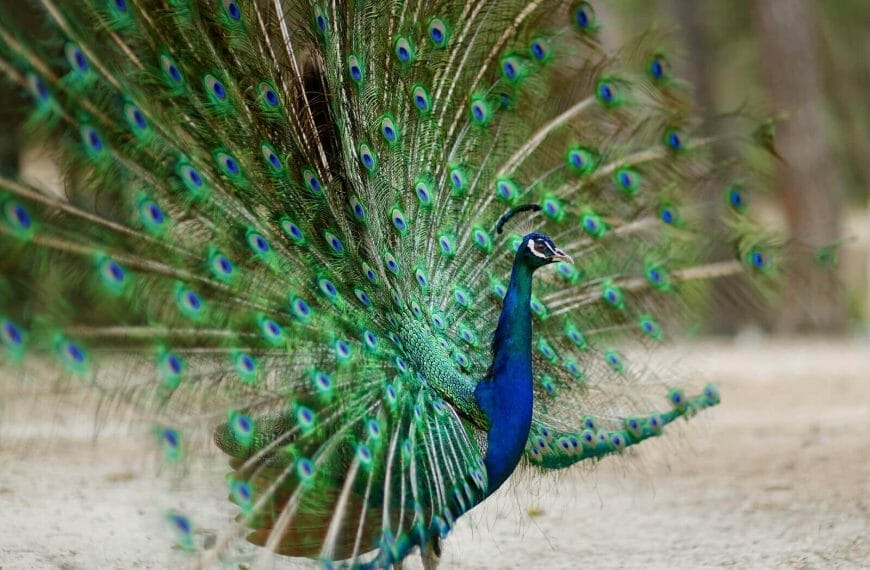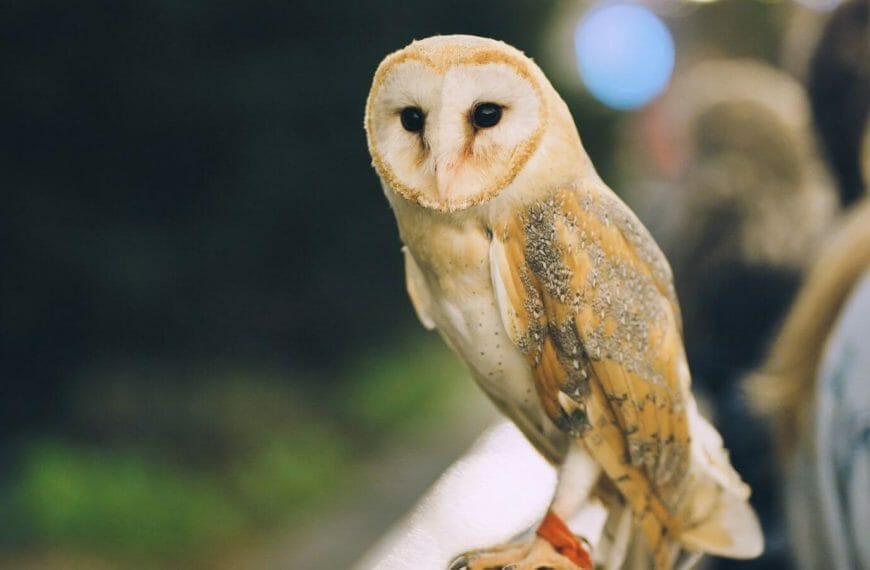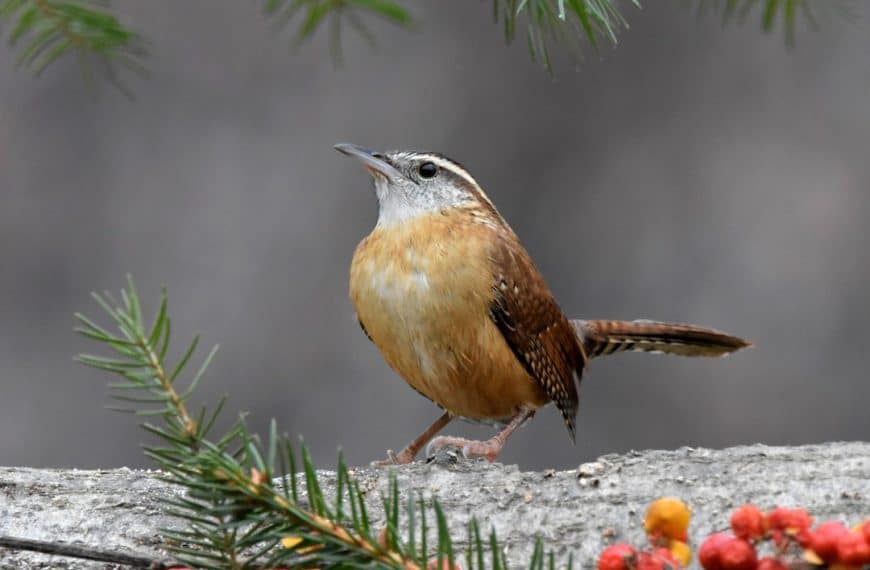Finches are beloved Songbirds known for their colorful plumage and cheerful songs, and for many bird enthusiasts, observing their behaviors and habits is a fascinating pastime. One of the most intriguing aspects of finches’ lives is their reproductive cycle, which includes the laying and incubation of eggs. If you’re curious about when finches lay eggs, you’re in the right place.
In this article, we’ll explore the different factors that influence finches’ egg-laying behavior, from their species and age to the season and environment. We’ll also provide some tips on how to support finches during their breeding period and ensure their eggs have the best chances of hatching. Whether you’re a seasoned bird watcher or a curious beginner, you’ll find plenty of useful information here. So, let’s dive into the fascinating world of finches’ eggs and discover when and how they come to be!
What Month Do Finches Going To Lay Eggs?
Finches egg-laying season is between February and August. The breeding season for House Finches is from March to August, during which a breeding pair may lay as many as 6 clutches of eggs in one summer, but they usually can only successfully raise up to 3 clutches. The female finch lays an egg every day, commencing between five and seven days after breeding.
The courtship season for the house finch begins in late winter or early spring and continues through the summer months. During this time of the year, males try to attract a female into their territory through courtship displays, showing off ornamental feathers on their head and chest, which both females (and other birds) find attractive.
What Age Do Finches Lay Eggs?
Finches usually begin breeding at around 11 weeks of age, and male finches will start mating rituals to persuade the female to participate. The mating behavior can range from singing to elaborate fanning of the tail feathers. However, egg-laying does not necessarily mean reproduction, as female finches may lay eggs even without a male finch present in the cage.
Where Do Finches Lay Their Eggs?
Most finches lay their eggs in a variety of locations, including natural or artificial cavities such as old woodpecker holes in bushes, hanging plants, and birdhouses. They also nest in trees, on cactus and rock ledges, and in or on buildings, using sites like vents, ledges, street lamps, ivy, and hanging planters.
Occasionally, they use the abandoned nests of other birds. The female finch builds the nests, which are shallow and cup-shaped, using twigs, grasses, leaves, small roots, and feathers as a bed.
Related Post: Finches in Ohio
Can Finches Lay Eggs Without Mating?
Yes, finches can lay eggs without mating. Female finches will lay eggs even in the absence of a male finch. However, these unfertilized eggs will not hatch.
Finches reproduce by internal impregnation, during which the egg fertilizes inside the female. House finches are monogamous, and males and females begin to look for mates in winter, and have formed breeding pairs by the time the breeding season begins.
Will Finches Lay Eggs Without a Nest?
Yes, finches will lay eggs without a nest. Nests are not necessary for finches, even the ones which prefer to roost in them at night. In fact, many times you will find that they have laid several eggs in a single day, or have laid an egg that has not been fertilized.
When Do House Finches Lay Eggs?
Female house finches lay eggs from February through August, with two or more broods per year. The egg laying usually takes place in the morning, at the rate of one egg per day.
The female house finch builds the nests, which are shallow and cup-shaped. They breed between March and August, and a breeding pair may lay as many as 6 clutches of eggs in one summer, but they usually can only successfully raise up to 3 clutches.
The incubation period for house finch eggs is about 13-14 days, and both parents feed the nestlings. The baby birds leave the nest about 12-15 days after hatching. House finches generally do not stay in a nest at night, except during the incubation and brooding period.
What Do House Finches Eggs Look Like?
House Finch eggs are oval and pale blue, with black and purple speckles typically concentrated on the broader end. They have an average length of 0.6-0.8 inches and an average width of 0.5-0.6 inches.
What are the Signs and Symptoms of Finches Laying Eggs?
There are several signs that indicate that a finch is about to lay eggs. Typically, the hen will lay one egg per day in the early morning hours, shortly after she wakes up. Other signs of imminent egg laying, or oviposition, are straining, decreased defecation, increased fecal volume, and a wide-based stance.
If you notice that your finch’s belly is swollen, this is also a sign she has eggs developing inside her uterus. The swelling should be slightly more noticeable than usual and may cause her body shape to shift downwards so it looks like she’s sitting on something even when she’s perching on her perch.
While only a medical professional such as a veterinarian can ascertain whether your finch is going to lay eggs, It is important to know the symptoms of finches laying eggs so you can make sure the female bird is in good health and condition before she lays any eggs.
Why Does a Finch Start Laying eggs?
A finch can start laying eggs because of environmental cues triggering egg-laying in birds. A long day’s length is one of the most important cues that can make a bird think it is time to breed.
Therefore, putting your bird to bed early, by 5 or 6:00 p.m., can help mimic the long days of spring/summer and encourage egg-laying. By placing nesting materials in the cage, such as dried grass or nesting material from the pet store, you can encourage finches to breed.
Related Post: Yellow Finches in Ohio
How Long After Mating Do Finches Lay Eggs?
It takes around five to seven days after mating for most finches to lay eggs. After mating, a female finch can store sperm in her reproductive tract for up to 16 days. The average clutch comprises four to six eggs, although the overall number varies from three to eight.
How Many Eggs Do Finches Lay?
Finches lay an egg every day, with an average clutch size of three to six eggs, though the number of eggs can range between three to eight eggs. Female finches lay an egg in pairs and can produce up to six clutches per year. This means they can lay as many as 8 eggs in a breeding session.
Finches are also known for their prolific egg-laying abilities and nest around 2-6 eggs per clutch. Overall, finches that breed in the summer typically only have one brood per nesting season, while those that breed in spring and fall may have two or three broods.
Do Finches Lay Eggs Without a Male?
Yes, female finches can lay eggs without a male. It is a natural, seasonal process for a female finch to lay an egg, and even in the absence of a male companion, the eggs will be infertile and will not hatch.
Female finches will sit on these eggs to warm and prepare them to hatch, but as a pet breeder, if you are sure that the eggs are infertile, you may remove them immediately. To ensure that the eggs laid by your female finch are infertile, you can keep male and female finches separate so that they cannot mate.
What is the Lifespan of Finch Eggs?
The lifespan of finch eggs is not a relevant concept, as it refers to how long the eggs can survive outside of the nest without being incubated. Eggs of most birds will remain viable for up to two weeks after being laid even before they are incubated.
So it is recommended to wait at least one month after the expected hatch date before concluding that a nest is abandoned. The incubation period for finch eggs is about 12-16 days, and once the eggs hatch, the chicks leave the nest about 12-15 days after hatching.It’s important to remember that certain species will start incubating their eggs only after all the eggs have been laid.
When Do Finches Eggs Hatch?
Finch eggs will hatch after an incubation period of about 12 to 16 days, although this can vary depending on the species. The female finch incubates the eggs, which she will start doing after laying the third or fourth egg.
If the eggs cannot hatch, it could be because of several reasons, such as the chick not developing properly, the egg avoiding fertilization, or the hen neglecting her eggs. It is also possible that the male bird is infertile or that the birds are living in cramped conditions.
How to Incubate a Finch Egg?
To incubate a finch egg, you should keep it inside an incubator or nest box. The eggs need to be incubated within 7 days of hatching to ensure successful hatching. Incubation takes around 12-15 days for most cage birds.
Parent finches usually begin incubating their clutch after it lays the third or fourth egg, although some pairs will wait until the clutch is complete to begin.
The ideal incubation temperature for many birds’ eggs is about human body temperature, 98.6 degrees F. The eggs should be rotated 8 times per day, and the humidity level must be kept at a constant rate between 50 and 60 percent, ideally 55 percent. In the last 5 – 7 days of incubation, the humidity should be increased to between 70 and 75 percent.
It is important to have a good incubator as zebra finch eggs are very susceptible to improper conditions. The incubator needs to be kept clean and free of contaminants, and the water bowl at the bottom should be cleaned daily.
Frequently Asked Questions
How Many Times Do Finches Lay Eggs a Year?
Finches can lay eggs up to six times in a year, but they can only successfully raise up to three clutches. The breeding season for finches is from February through August, and the female lays clutches of eggs during this period.
How Can I Tell if my Finch is Going to Lay Eggs?
Look for a small, dark-colored lump on the underside of the finch’s abdomen. This ovipositor is where the bird deposits its eggs during incubation. You may also notice that the female finch’s abdomen has enlarged and feels firm.
Female finch will drink more water to replace the moisture needed to create an egg, look out for other signs of imminent egg-laying which include straining, decreased defecation, increased fecal volume, and a wide-based stance.
How to Take Care of Finch Eggs?
To take care of finch eggs, it’s important to note that female birds usually begin incubation as soon as they lay eggs, but both male and female birds take turns in keeping the eggs warm.
It’s important to keep the incubator clean and free of contaminants since zebra finch eggs are highly susceptible to disease and bacteria. The most crucial aspect of incubating zebra finch eggs is maintaining a constant temperature between 50 and 60 percent, ideally at 55 percent.
In the final five to seven days of incubation, humidity should be increased to between 70 and 75 percent. The eggs need to be rotated eight times per day, with the direction of rotation switched to avoid damaging the connective tissue inside the eggs. Last, clean the water bowl in the incubator daily as water is the primary source of bacteria growth.
Conclusion
By knowing when finch eggs are laid, you can plan for their arrival. You can place a nest box in your backyard to attract finches and ready yourself for their clutch of eggs. Once the eggs hatch, you can feed the young fledglings with a syringe or small feeder. When they are old enough, they will leave the nest by themselves. If you have more questions about caring for finch eggs, we have a blog that explains everything you need to know here.








![How to Attract Ravens to Your Yard: The [Complete] Guide to Attracting these Beautiful Birds to your Backyard](https://ekz2dfuukk8.exactdn.com/storage/2023/10/How-to-Attract-Ravens-to-Your-Yard-870x570.jpg?strip=all&lossy=1&ssl=1)




![How to Keep Birds Off Your Boat: Ways and [Best] Deterrents to Keep Birds Away From Your Boat](https://ekz2dfuukk8.exactdn.com/storage/2023/05/how-to-keep-birds-of-your-boat-870x570.jpg?strip=all&lossy=1&ssl=1)










![How to Identify Turkey Feathers [Ultimate Guide]](https://ekz2dfuukk8.exactdn.com/storage/2023/03/HOW_TO_IDENTIFY_TURKEY_FEATHERS.jpg?strip=all&lossy=1&ssl=1)





